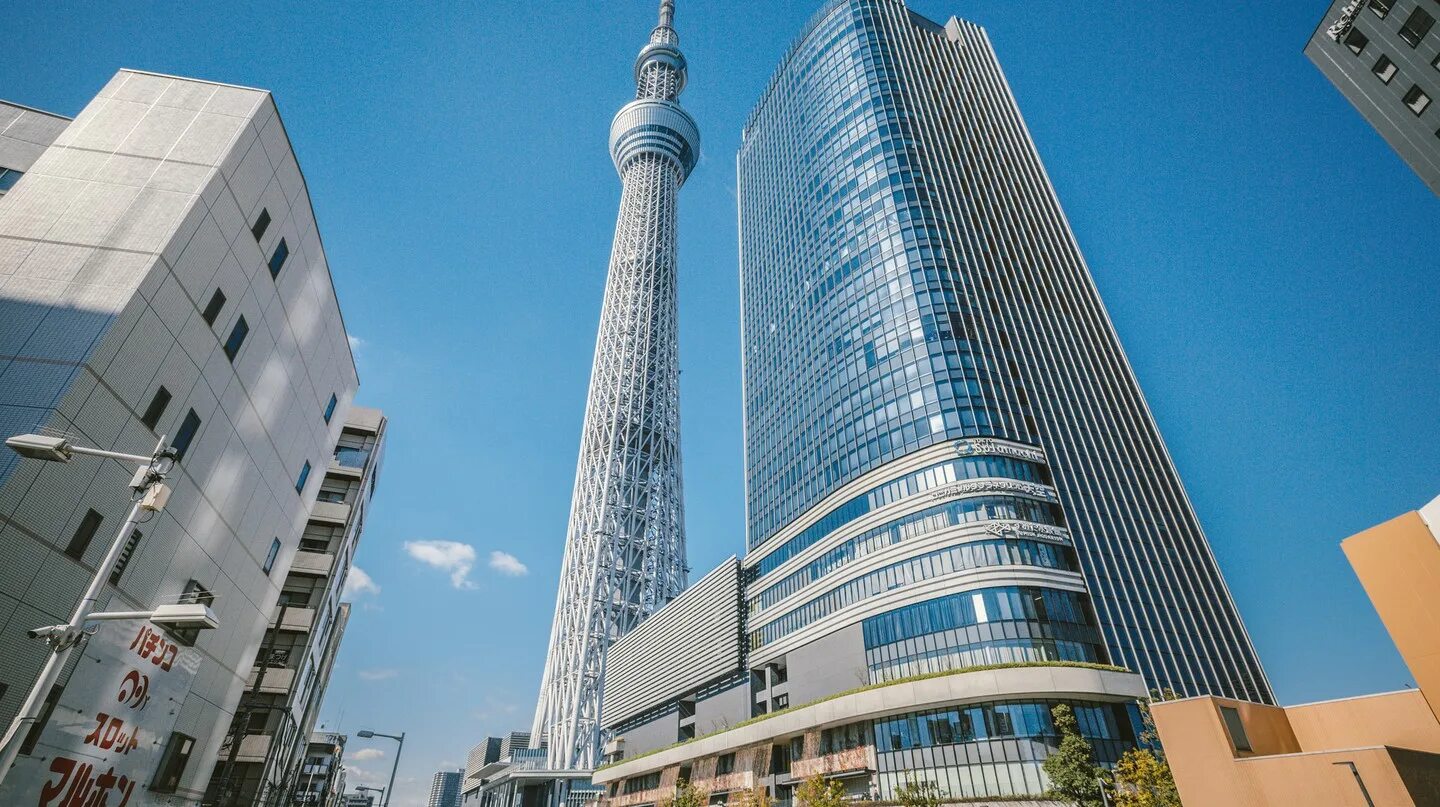When you think about the world’s architectural wonders, there are some names that immediately come to mind. The Colosseum, the Pyramids of Giza, the Eiffel Tower, the CN Tower, Sydney Opera House, the Taj Mahal, and so many more. But apart from being marvels of design and structure, these beautiful buildings have many stories to tell and secrets to hide. Read on to discover some long-lasting stories about these iconic buildings.
The Dark Side of the Burj
It may be remarkable to look at, but Dubai’s Burj Khalifa, the tallest freestanding structure in the world, has a dark side. South Asian and East Asian laborers made up nearly the entire workforce for construction, and many of them were paid less than $10 per day. Only one casualty was reported, a man named Emaar in 2007, but the Human Rights Watch Study believes that many fatal accidents went unreported, especially those due to “heat exhaustion, stress, and suicide.”
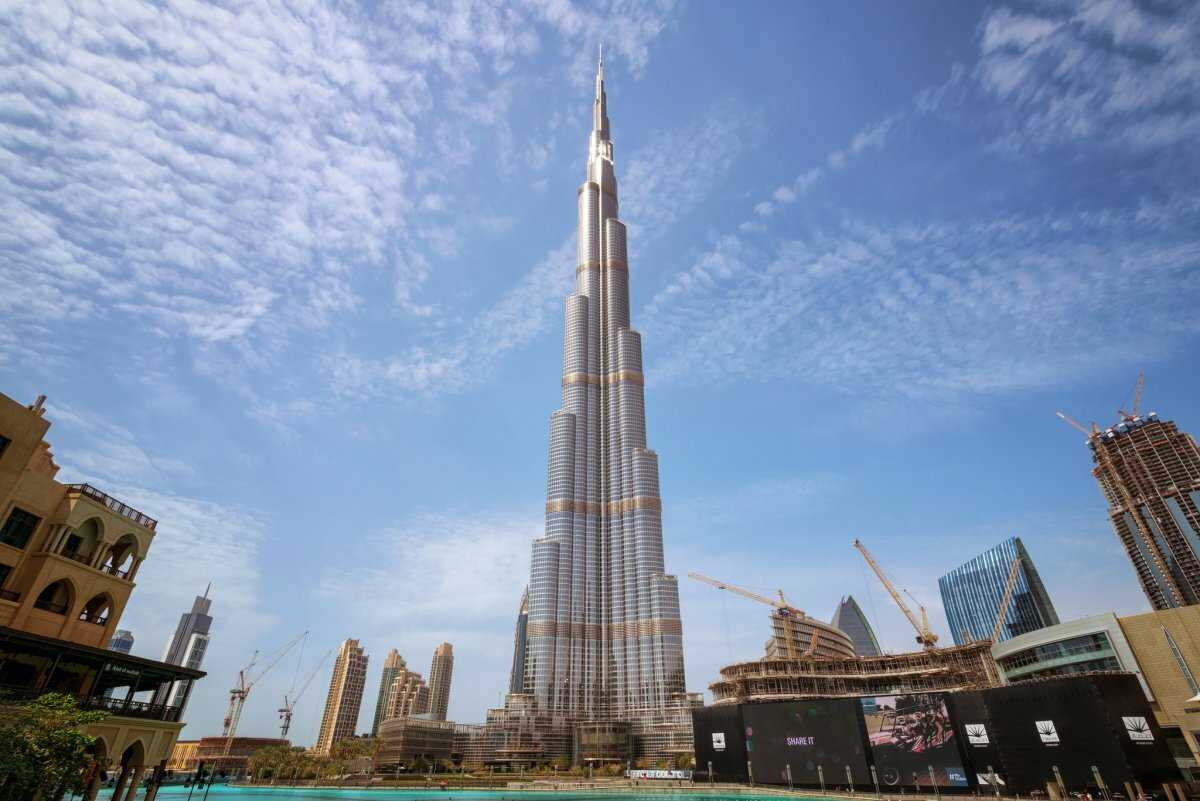
Who Built the Pyramids?
The Great Pyramid of Giza is the only wonder of the ancient world that still stands. The pharaoh Khufu commissioned the great monolith, and it was the tallest man-made structure in the world for 3,800 years. The architectural marvel stupefied people for millennia—and in fact, still does. There are many outrageous theories, including the persistent myth that only aliens could possibly have built it. But don’t worry, the theories get even more bizarre.
Most recently two amateur archaeologists insisted that the residents of the lost city of Atlantis actually built the Great Pyramid. To prove their theory, they snuck into the pyramid after hours and secretly chipped at the walls to obtain a sample for testing. Needless to say, this act of vandalism did not amuse the Egyptian government. The Giza Criminal Court sentenced the two “archaeologists” and a filmmaker who had been with them, as well as the six Egyptian guards on duty at the time, to five years of prison in 2014.
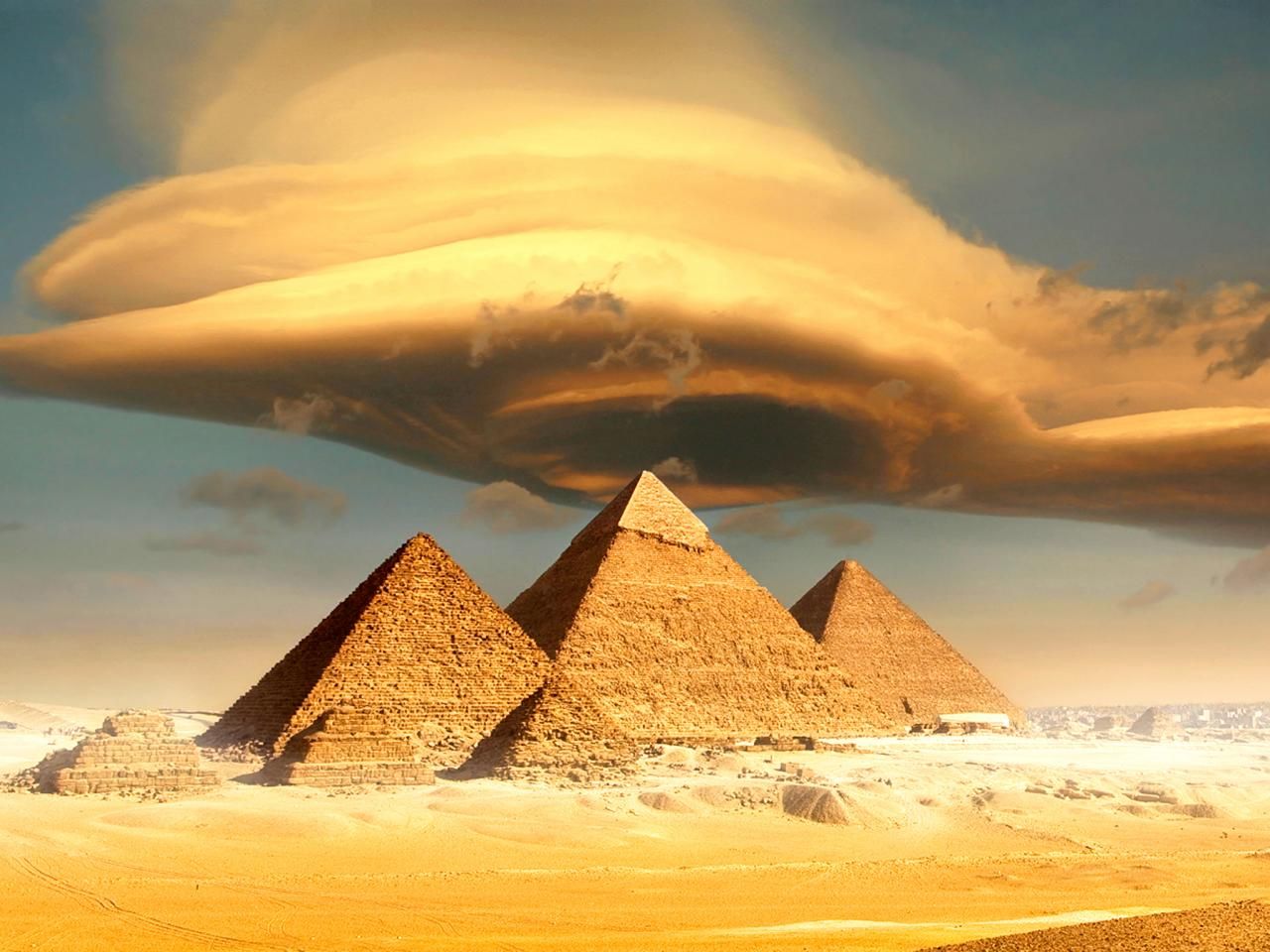
Healing Powers
The Hagia Sofia, the landmark church-turned-mosque-turned-museum-turned-mosque again in Istanbul, has been around for over a thousand years. There are many legends and stories surrounding it, but one that has remained constant is about the “perspiring” column that is perpetually wet, no matter how hot the weather. For centuries people have touched the hole at the base of the column, some to be healed of whatever ails them and others in hopes of having their dearest wish come true.
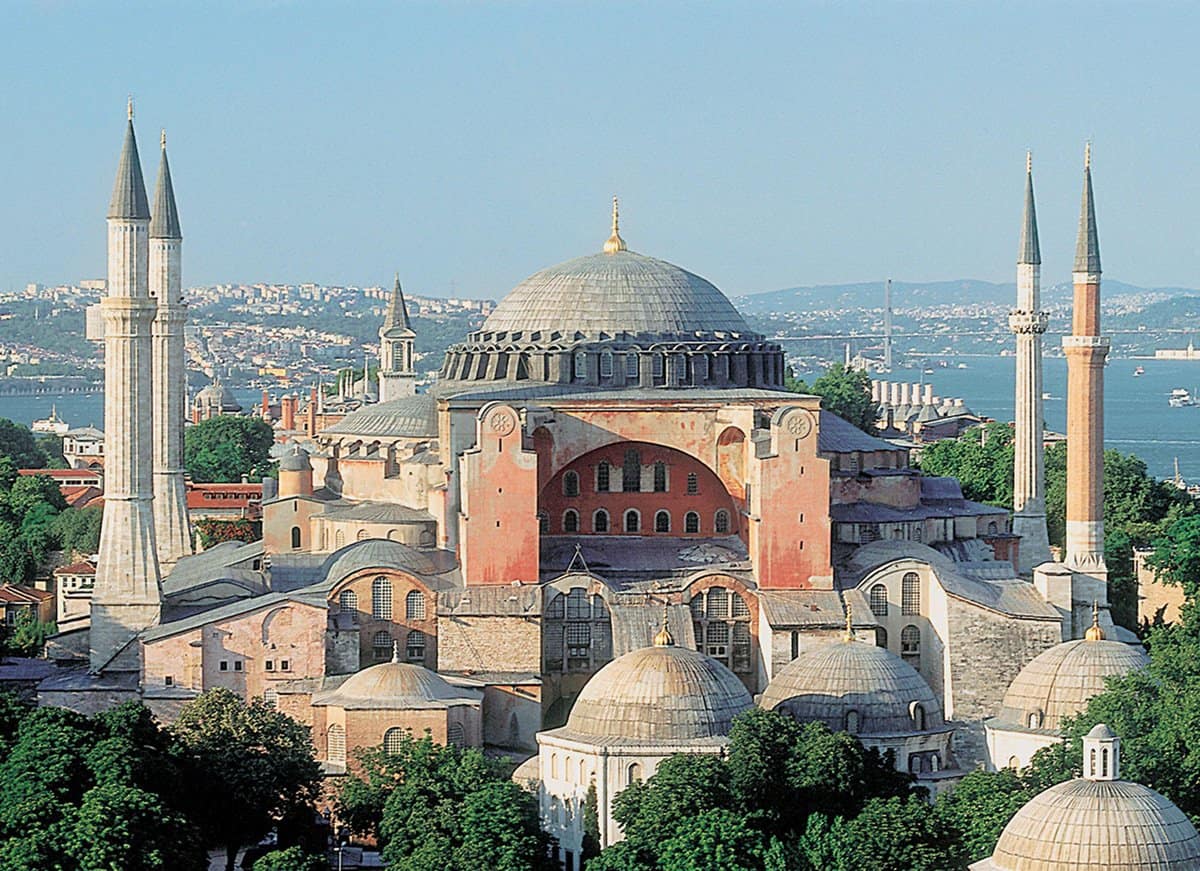
Deal with It
Conman Victor Lustig once tricked a man named Andre Poisson into buying the Eiffel Tower. In fact, not only did he scam Poisson out of his asking “price” for the tower, he also got him to pay a little extra to ensure that no one else tried to buy it either. And the cherry on top? When Poisson discovered the scam, he didn’t even report it, for fear of becoming the laughingstock of the whole city.
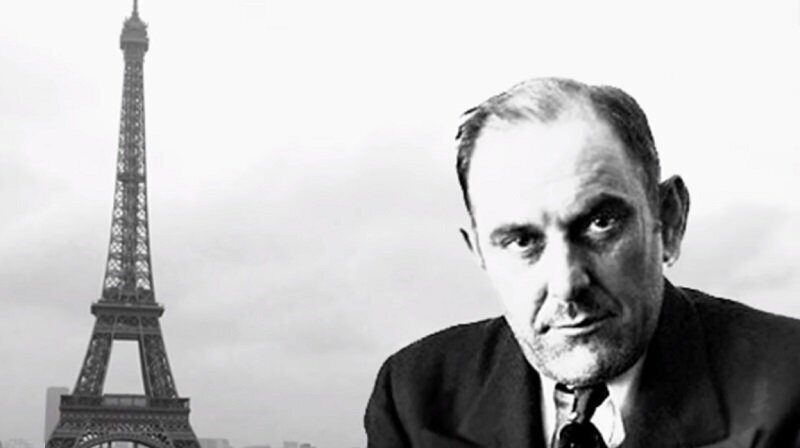
Deep-Sea Fighting
We all know that the Colosseum in Rome was a famous arena where enslaved warriors fought each other and wild animals (remember Gladiator?). But did you know that Emperor Titus, who completed its construction in AD 79, had it flooded to re-enact legendary naval battles? Over 3,000 men “fought” in one of these massive mock-engagements.

A Brahmin Temple
Built in the 13th-century, the Konark Sun Temple is a World Heritage Site in Odisha, India. The temple pays homage to the Hindu Sun God, Surya, and it is meant to look like a massive chariot, drawn by stone horses. In its heyday, it was a 200-foot marvel, though today much of the complex lies in ruins. Still, the temple’s intricate stonework makes it an extremely popular tourist destination.
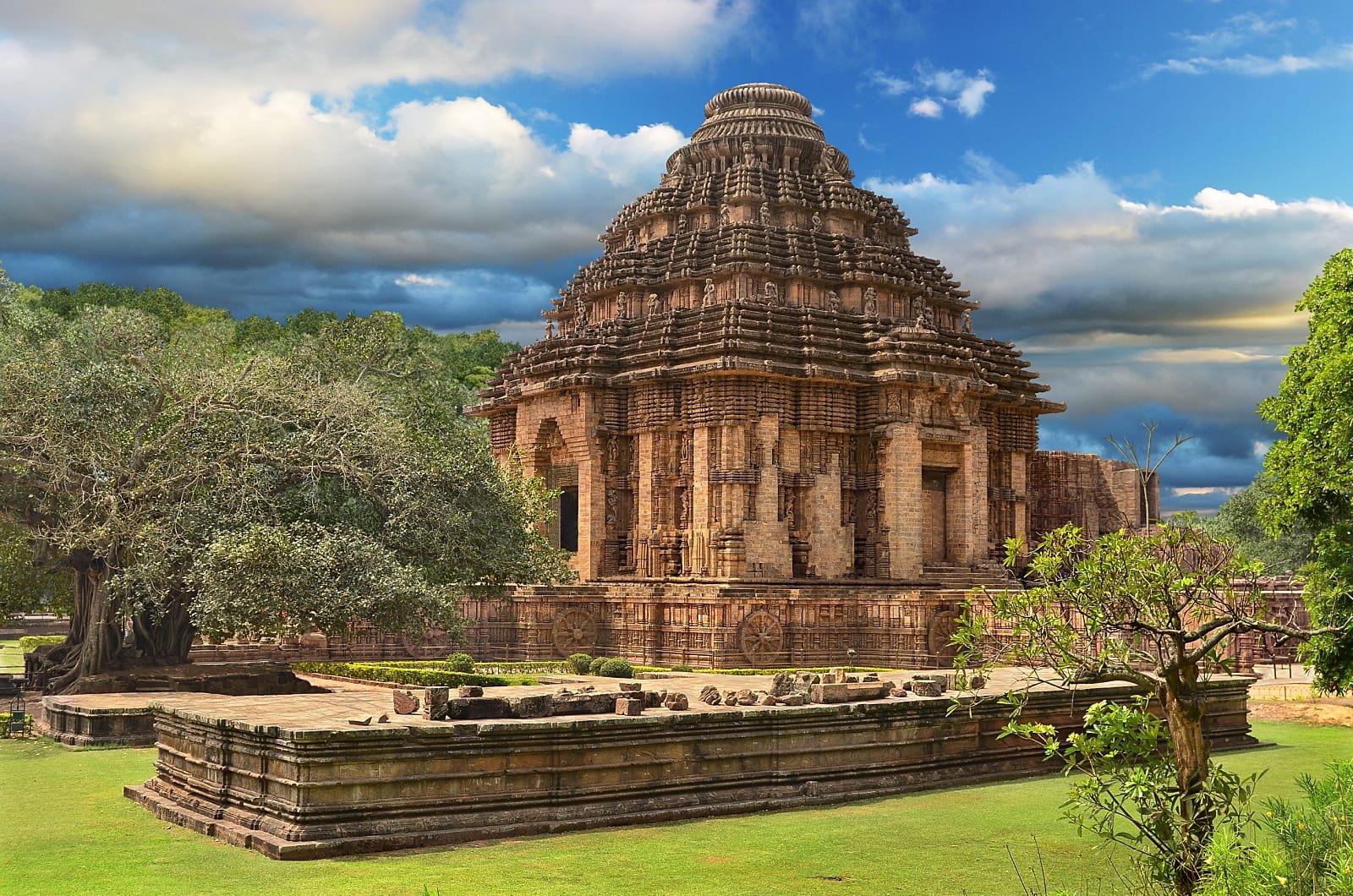
The Japanese Way
There’s nothing random about the Japanese way of doing things, it seems. When planning to build the Tokyo Skytree, the nation’s tallest communications tower, designers decided upon the height of 634m for a very specific reason. In Japanese, the digits of the number read as “mu-sa-shi.” And where is the tower located? In the province once known as Musashi, of course!
